*Originally developed by Sean Sarcu
Hockey is, literally speaking, no more than just a game. But as with any sport, it means so much more to those that follow it. The emotional ride of the NHL can offer nearly boundless satisfaction just as easily as persistent gloom. Fans and players alike revel in the electricity of every win and stew in the irritation of every loss, always believing there is some chance of winning the Stanley Cup…until there isn’t.
The Chicago Blackhawks have taken things full circle in recent history. From 2004 to 2015, a span of 11 years, the organization metamorphosed from an outright embarrassment into a near dynasty. From 2016-2023, a span of six years, they’ve struggled mightily to maintain that dominance. Can they reach the promised land once again? Before we attempt to answer that question, let’s take a look at the evolution.
Rock Bottom: Blackhawks Named Worst Franchise In Professional Sports
In February of 2004, an ESPN report ranked the Blackhawks as the single worst franchise in North American sports. At the time, Chicago was in the midst of an absolutely ghastly season in which the team would eventually compile only 20 wins and 59 points in 82 games.
But a bad team with a terrible record was simply the culmination of numerous colossal issues plaguing the organization. These problems reached their critical mass (embodied in the form of the ESPN report), and constituted the lowest point of the darkest period in Blackhawks’ history.
So what were these issues, exactly? One doesn’t have to look much farther than Blackhawks’ owner at the time, Bill Wirtz.
Wirtz the Penny-Pincher
Wirtz, unceremoniously nicknamed “Dollar Bill” by fans due to his stingy nature in hockey-related matters, was arguably the single largest contributor to the Blackhawks’ slide into utter irrelevance. Wirtz’s frugality was a constant across his 41 years of presiding over the organization, and was the chief reason behind the steady defection of Blackhawks’ players during the 1970s, 80s, and 90s. In this letter to season ticket holders, Wirtz publicly criticizes Blackhawks’ star player Bobby Hull about signing for more money with the World Hockey League.
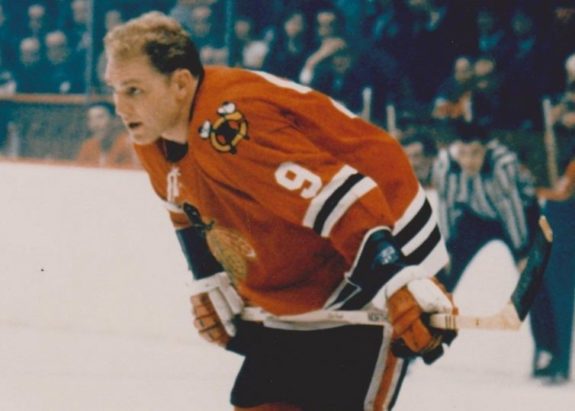
In the aforementioned 2004 season, the average payroll among NHL teams was $44,400,490, but the Blackhawks clocked in at a comparatively minuscule $30,867,502. He also refused to allow local television broadcasts of Blackhawks’ home games, thinking it was unfair to season ticket holders and would also increase live attendance. This drastically contradicted the Blackhawks’ floundering attendance numbers in the early 2000s. This was likely the most destructive of Wirtz’s policies, as it severely limited the Blackhawks’ exposure in the written and electronic media and alienated current and potential fans.
Related – 50 Years Ago in Hockey: FINALLY! Bobby Hull Breaks the Record!!
The prevailing attitude towards the team was one of apathy. People simply no longer cared.
Wirtz Brings Out the Worst
Wirtz is widely regarded as the second worst owner in hockey history behind only the disreputable Harold Ballard. His combination of penny-pinching and willing determent of local Blackhawks’ coverage elicited an unparalleled vitriol in the team’s fans, culminating in fans booing throughout his pre-game memorial following his death in 2007. It was one of the most distasteful moments in Chicago sports history.
If Chicago’s downward spiral of the early 2000s was a precipitous freefall, then the 2003-04 season was the calamitous crash. The franchise was in ruins, having never been less successful on the ice or less popular off it.
You may also like:
- Chicago Blackhawks 2023-24 Player Grades: Defense
- Chicago Blackhawks’ 2023-24 Player Grades: Forwards
- Blackhawks: Highs and Lows of the 2023-24 Season
- Blackhawks’ Worst Trades of All-Time
- Projected Lineups for the Blackhawks vs Kings – 4/18/24
Blackhawks’ Gradual Escape From the NHL Cellar
While the franchise made far more blunders than good moves during the aforementioned freefall, a few positive events were actually put into motion before the miserable 2003-04 campaign. While they did not make an immediate difference, two organizational moves — draft picks to be precise — stand out as rather brilliant in retrospect.
The Selection of Two Elite Defensemen
First came Duncan Keith, a defenseman drafted at 54th overall in 2002. Fans had to be patient; his first NHL game occurred more than three years after he was drafted (2005-06 season). His previously latent ability finally emerged in the 2007-08 season, where he recorded 12 goals and 20 assists for 32 points. Keith was the first player of what became known as the Blackhawks’ core.
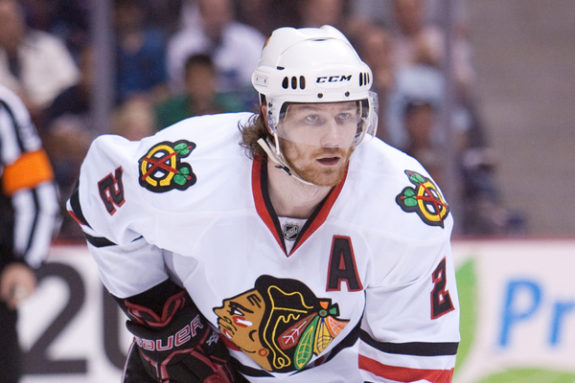
Next came Brent Seabrook, taken 14th overall in the 2003 NHL Draft. Seabrook was one of many great players selected in what was arguably the best draft in league history. Like Keith, he played his first NHL game in the 2005-06 season.
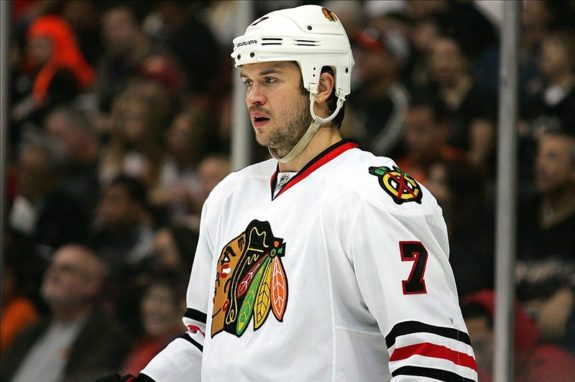
Seabrook’s rookie season was extremely promising, as he amassed 32 points in just 69 games and somewhat miraculously managed to be a +5 on a Blackhawks’ team that ended the year with a hideous -74 goal differential.
With two eventual franchise cornerstones banked, the Blackhawks nevertheless still had plenty of work left to do.
Seeds of Change
In the summer of 2005, more positive steps were taken by Blackhawks’ management. They started by hiring Dale Tallon to serve as general manager. In Dec. 2005, Tallon traded Matt Ellison (who played seven total NHL games after the trade) and a third round pick for a young and struggling player named Patrick Sharp.
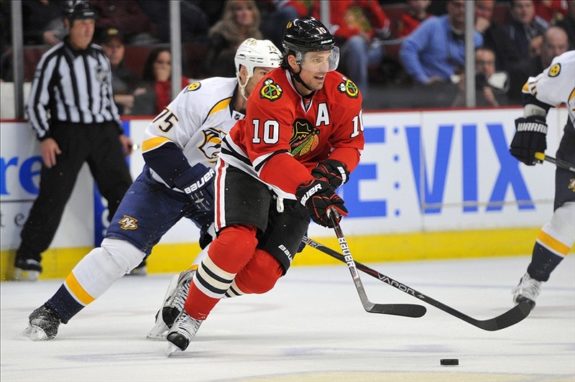
Sharp would go on to play a fairly unremarkable 50 games with Chicago in the 2005-06 season. His importance to Chicago’s revival would not be immediately apparent, but we all know he was eventually an integral part of three Stanley Cup wins. Ah, but I get ahead of myself.
The season itself was another dud, as the Blackhawks finished 26-43-13 for 65 points. Because of this, the organization would be picking early in the NHL’s 2006 NHL Draft, third overall.
Introducing the New Faces of the Blackhawks’ Franchise
Enter Jonathan Toews, drafted third overall in 2006, but viewed today as the consensus first overall pick in his draft if it were re-done. Projected as a safe bet to become a high-echelon No. 1 center, Toews was Chicago’s most talented prospect in many years.
Toews and the Blackhawks mutually agreed he should remain at the University of North Dakota for another year to continue augmenting his game. Chicago fans would have to wait to see their future captain in NHL action.
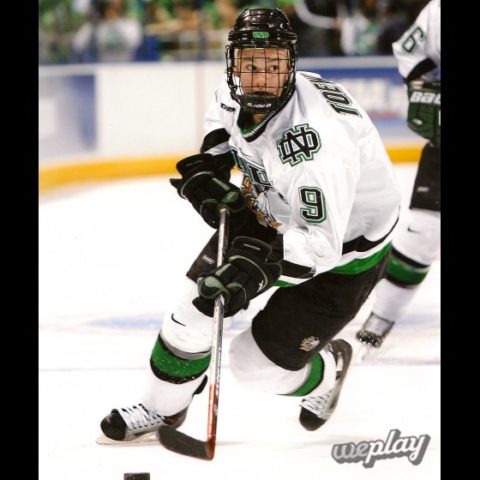
The 2006-07 season didn’t bring much more hope, as the Hawks went 31-42-9, for 71 points. Ending the year as the NHL’s fifth-worst team, they had an 8.1% chance to win the draft lottery and obtain the first overall pick. Which they did. The rest, as they say, is history. We all know by now the Blackhawks used their pick to draft Patrick Kane, who went on to become the second face of the franchise alongside Toews.
The 2007 offseason was all about prospects camp. The two new young prospects both looked outstanding and were expected to make the Blackhawks’ roster. There was a unfamiliar but distinct optimism in the air. For the first time in many years, Chicago hockey appeared primed to be exciting again.
And Toews and Kane did not disappoint.
Toews began his career by registering at least a point in each of his first 10 games, the second-longest such streak in NHL history. He ended the season 2007-08 season with 24 goals and 30 assists for 54 points.
Related – Jonathan Toews Bio: Beyond the Glory
Kane, meanwhile, didn’t start off quite as hot as Toews, but his offensive skills impressed. His vision and puck handling were clearly second to none. He ended up with 21 goals and 51 assists for 72 points, earning him the Calder Trophy for rookie of the year. Toews was the runner-up.
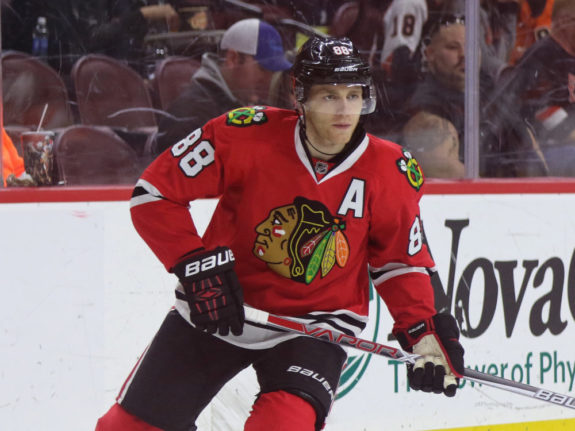
The Blackhawks would go on to miss the 2007-08 playoffs by a few points, but by this time the fans hardly minded.
Blackhawks Management & Policy Changes
Meanwhile, on the management front, the elder Wirtz succumbed to cancer on September 26th, 2007, passing ownership of the team onto his son Peter. For reasons unknown, Peter immediately handed the reigns over to his brother, William Rockwell “Rocky” Wirtz. It is difficult to predict where Peter might have taken the franchise, but Rocky was the equivalent of a godsend for the Blackhawks organization.
Related – The Breakaway: Wirtz Family Cups & Controversy
Early in the 2007-08 season, Rocky hired well-known marketing savant John McDonough to serve as the team’s president. The two had a common goal; bring winning hockey back to Chicago. Their first order of business was to get a handful of the Blackhawks’ home games on television. And on top of that, stadium attendance numbers spiked as well. There was a burgeoning interest among Chicagoans in the flashy, lively young team with the new owner and team president.
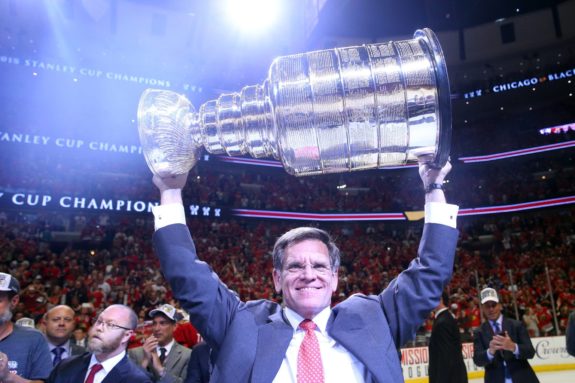
But the changes didn’t stop there. The organization made the difficult decision to fire long-time Blackhawk but short-term head coach Denis Savard just four games into the 2008-09 season. He was replaced with the more experienced Joel Quenneville, who has since become the second- winningest coach in the NHL.
In July of 2009, Tallon made one of his most important free agent signings when he brought Marian Hossa into the fold. In hindsight, the dominant two-way power forward might have been the final piece to the puzzle on the ice. But Tallon was never given the chance to see his work come to fruition. He was replaced by Stan Bowman as general manager just a few weeks later.
Great Leap Forward: Blackhawks Revival Comes Full Circle
The Blackhawks had come a long way since the bottom of the barrel in 2004. Just six years later in 2010, they hoisted the Stanley Cup after this famous goal.
The franchise’s first championship since 1961 induced a summer-long party in Chicago; the once-dying Blackhawks now the pride of the city. A team that previously had difficulty filling half the stadium now played in front of crowds that made setting attendance records a matter of blasé routine.
In the 2013 season, Chicago played half of the lockout-shortened season without losing a game in regulation. In the spring and summer, the Blackhawks once again took their fans on the ultimate playoff ride.
To recap, Seabrook’s overtime goal ended an emotional Game 7 and completed a series comeback against the Detroit Red Wings. Kane sent the Blackhawks to the Cup Final with another playoff hat trick against the LA Kings. And, of course there was 17 seconds to win it all from the Boston Bruins.
But wait; there’s more! After losing a devastating Game 7 to the Kings in the 2013-14 Western Conference Final, the Blackhawks added to the dynasty profile with another championship in 2015. This time they won that Conference Final series in Game 7 against the Anaheim Ducks, and beat the Tampa Bay Lightning four games to two in the Final.
Remember that guy who was drafted and started all this in 2002? Yeah, well he was pretty integral in the win.
The Blackhawks had become a near dynasty, winning three Stanley Cup championships in a six year span.
The Price of Success
While all this reminiscing has been fun, it’s time for a dose of reality. As much as we’d like to live in the past, the 2010, 2013, and 2015 championship wins are long gone now. Since then, the Blackhawks have either lost in the first round of the playoffs, or not even made it in.
Success comes at a price. Salary cap restraints forced the Blackhawks to trade away numerous depth players that were integral to their success. Most notably, Sharp was traded to the Dallas Stars in the summer of 2015 to shed the last two years of his hefty salary. He was re-acquired in the 2017-18 season, but that was more of a comeback tour before he eventually retired.
Related – Sharp’s Legacy With the Blackhawks
Age and medical issues caught up with some of the other stars as well. In June of 2017, Hossa announced he would miss the 2017-18 season due to a progressive skin disorder. He confirmed the following May what everyone feared; that he would not play hockey again. Seabrook essentially retired in March of 2021 when he determined his chronic injuries had finally gotten the best of him.
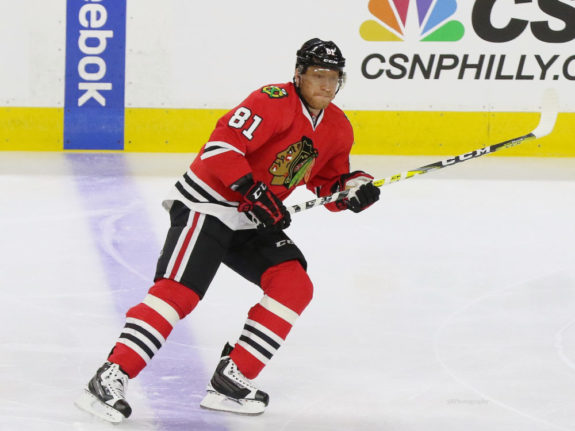
In a sad twist of fate, Keith was traded to the Edmonton Oilers in July of 2021. He wanted to be closer to his son after a season where he had rarely seen him due to COVID border restrictions. On the coaching and management side, Quenneville was relieved of his benchboss duties just 15 games into the 2018-19 season, and the Blackhawks decided to part ways with team president McDonough in April of 2020.
Even with Toews and Kane still in the fold, the Blackhawks wallowed in mediocrity after their Cup win in 2015. They simply couldn’t put the complimentary pieces together to surround these increasingly aging stars.
Blackhawks Hit Rock Bottom, Again
Sweeping changes were made in the summer of 2021 as Bowman attempted one last ditch effort to contend. He inked four-time Norris Trophy nominee Seth Jones to a mega eight-year contract, while also signing Jake McCabe from the Buffalo Sabres to the back end. He added two-time Stanley Cup winner Tyler Johnson as a savvy veteran at forward, and the legendary Marc-Andre Fleury in net. Everything was supposed to come together, and the Blackhawks were expected to, at the very least, make the playoffs.
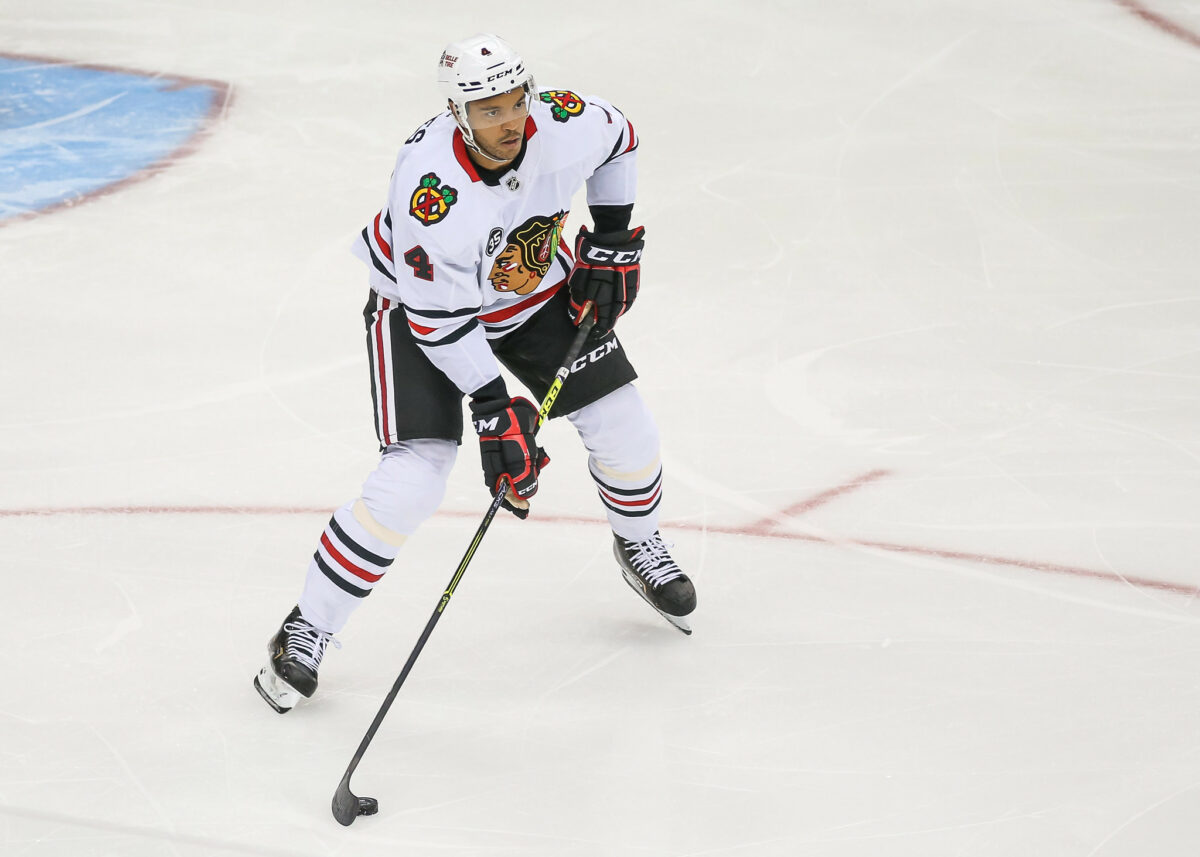
Until things backfired. Many will put the blame on head coach Jeremy Colliton, who replaced Quenneville. Colliton was an outside of the box hire by Bowman, and it ended up not being a good fit at all. Colliton was too stubborn about forcing his system, instead of working to the strengths of his players.
Sure enough, Colliton was fired after a horrific 1-9-2 start to the 2021-22 season. Derek King, head coach of the Rockford IceHogs, was promoted to interim head coach in his stead. King did an admirable job of getting the players and the team back on track, but by this time the damage was already done. The season was a wash.
As if things weren’t bad enough on the ice, the bottom fell out off the ice. The results of an independent investigation, the Jenner & Block report, was released in late Oct. 2021. The findings revealed that Kyle Beach, a former Rockford IceHogs player and member of the 2010 Black Aces (back up players for the playoffs), was sexually assaulted by then video coach Brad Aldrich.
Related – Blackhawks Scandal Leaves Hockey Fans Reeling
Even though Beach reported this heinous wrongdoing to the team, upper management made the decision to cover it up, feeling it would cause a distraction during their playoff run. Blackhawks’ brass Bowman and senior vice president Al MacIsaac were found integral in the coverup, and they resigned. McDonough and Coach Quenneville (both already gone from the organization) were also cast in a very negative light. Quenneville was relieved of his duties as head coach of the Florida Panthers shortly thereafter.
This was truly the bottom of the barrel for the Blackhawks’ organization.
Blackhawks Rebuild Becomes Official
So where does one go from here? The first thing the Blackhawks did was to try to regain some goodwill with the fans. Going back to Dec. 2020, Danny Wirtz (Rocky’s son) was named as the new Chief Executive Officer for the Blackhawks, along with Jaime Faulkner as President of Business Operations. Now without Bowman, the two of them got together to rebrand the organization. Kyle Davidson, who had been with the Blackhawks for 11 years, was named the interim general manager in Oct. 2021 and promoted officially in Mar. 2022.
The team also hired 21-year NHL veteran defenseman and long-time assistant coach Luke Richardson as head coach to start the 2022-23 season. New management and staff were now in charge, and they made no bones about the necessity for a true rebuild.
The new general manager made some difficult decisions, such as trading 23-year-old Brandon Hagel to the Tampa Bay Lightning in Mar. 2022. Hagel proved himself an invaluable complementary piece and could have easily been part of a rebuild. But the return was worth it; the Blackhawks received two first-round picks (one in 2023 and one in 2024), and two young forwards in Taylor Raddysh and Boris Katchouk.
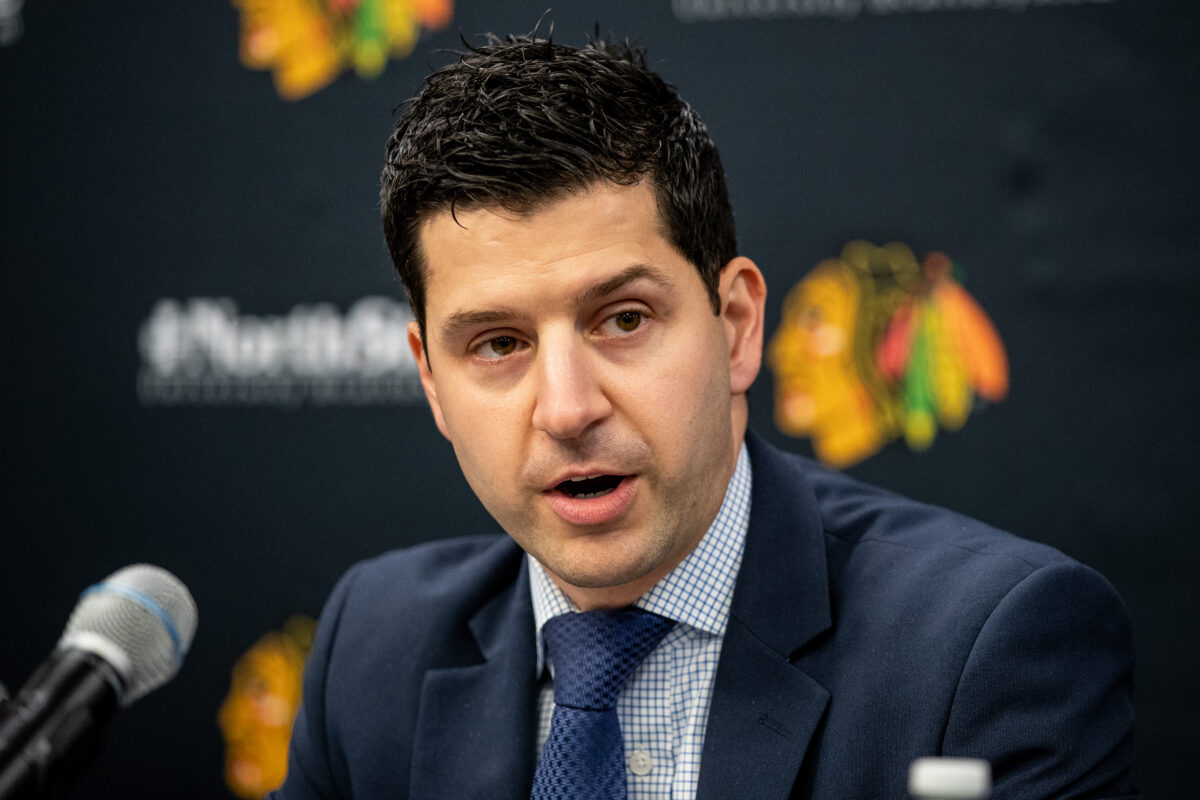
Davidson proved savvy in his commitment. He also traded Alex DeBrincat in July 2022, the Blackhawks’ leading goal-scorer. But DeBrincat probably would have foiled the plans of bottoming out. The organization also didn’t re-sign Dylan Strome and Dominik Kubalik, players who both could have helped the Blackhawks out of the basement.
But the point was to be in the basement. The organization didn’t ice a very good team in the 2022-23 season, but they were slowly but surely building up an excellent prospect pool via the draft and trades.
The final true commitment to a rebuild was the decision to NOT re-sign franchise legends Toews and Kane at the end of the 2022-23 season. Davidson stressed he wanted to “clear the deck and start building some new leaders.”
A New Revival in the Making
The Blackhawks finished the 2022-23 season with a 26-49-7 record, which was 30th in the league. They were projected to pick either fourth or fifth in the 2023 Draft Lottery. But the ping pong balls fell their way and they landed the No. 1 overall pick!
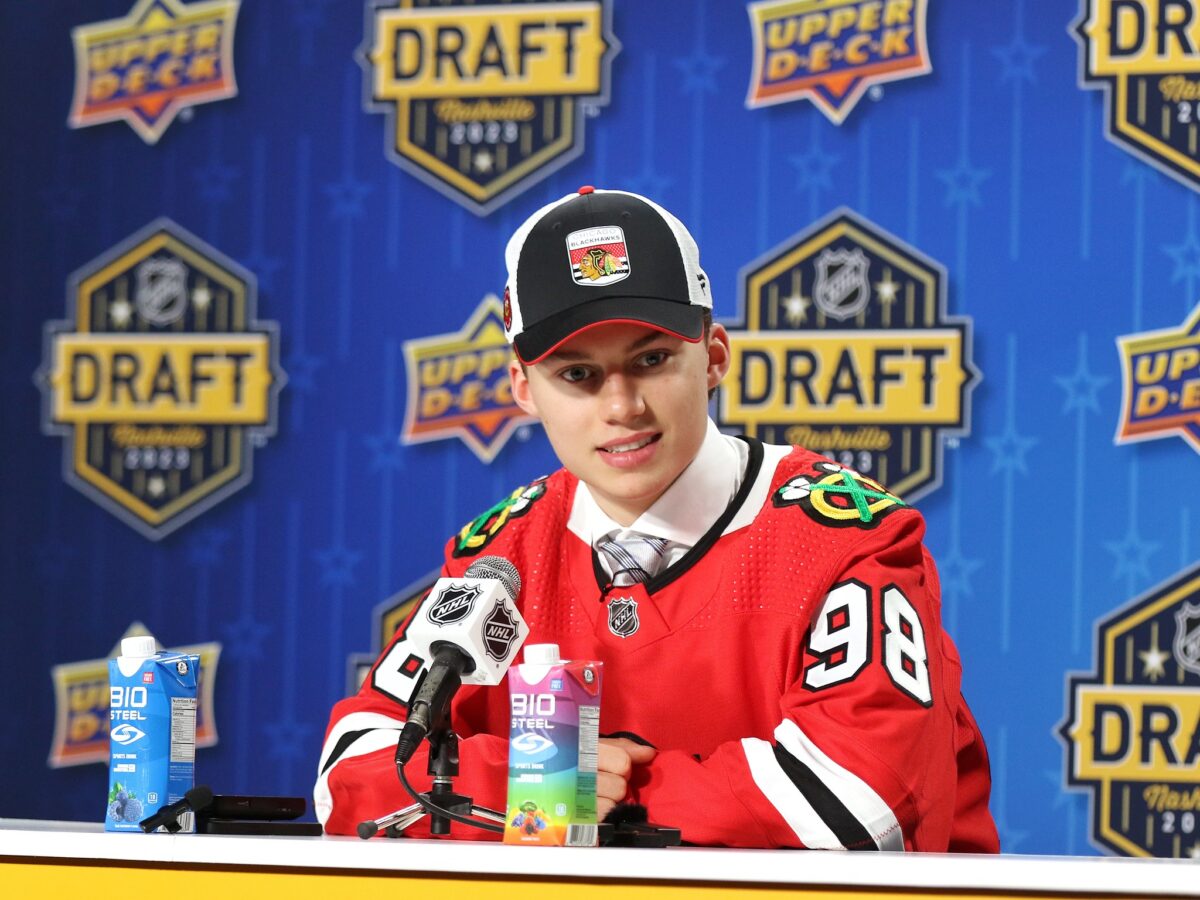
This pick became Connor Bedard, a forward thought to be a future generational talent. He will likely become the new cornerstone of the franchise, jump-starting the rebuild and leading the way back to contention sooner rather than later. He will be joined by top prospects such as Lukas Reichel (F), Kevin Korchinski (D), Frank Nazar (F), Sam Rinzel (D), Drew Commesso (G) and more as the Blackhawks continue to build.
Off the ice, the sudden and unexpected death of Rocky Wirtz in July 2023 further signified the true end of an era and changing of the guard.
Related – Kane, Toews, Sopel Praise Rocky Wirtz After His Passing
It might take some more time, and we all have to be patient. But as we head in to the 2023-24 season, it appears the Blackhawks are on their way back again, from irrelevance to prominence.

Extremely well written and it brought me right back on the roller coaster that is the Chicago Blackhawks. Thanks for this outstanding article
I remember Peter McNab’s comment when he made it. He was spot-on.
Nice article, but…holy crap, go easy on the thesaurus. We get it, you’re erudite.